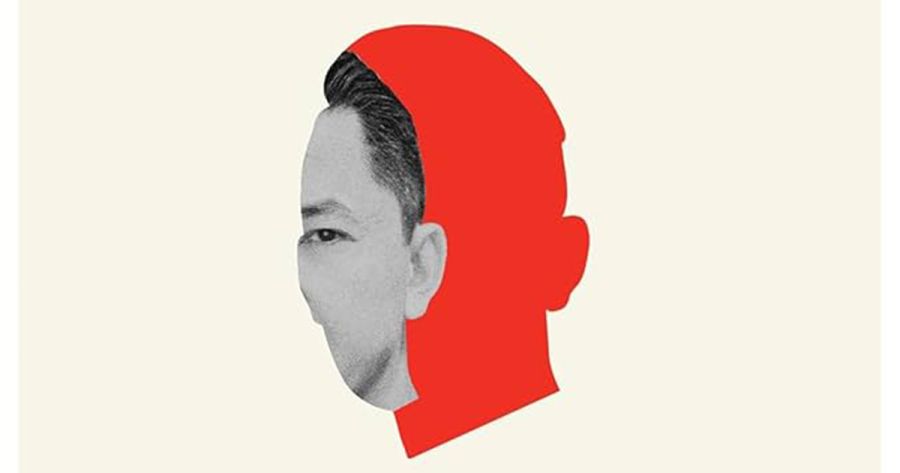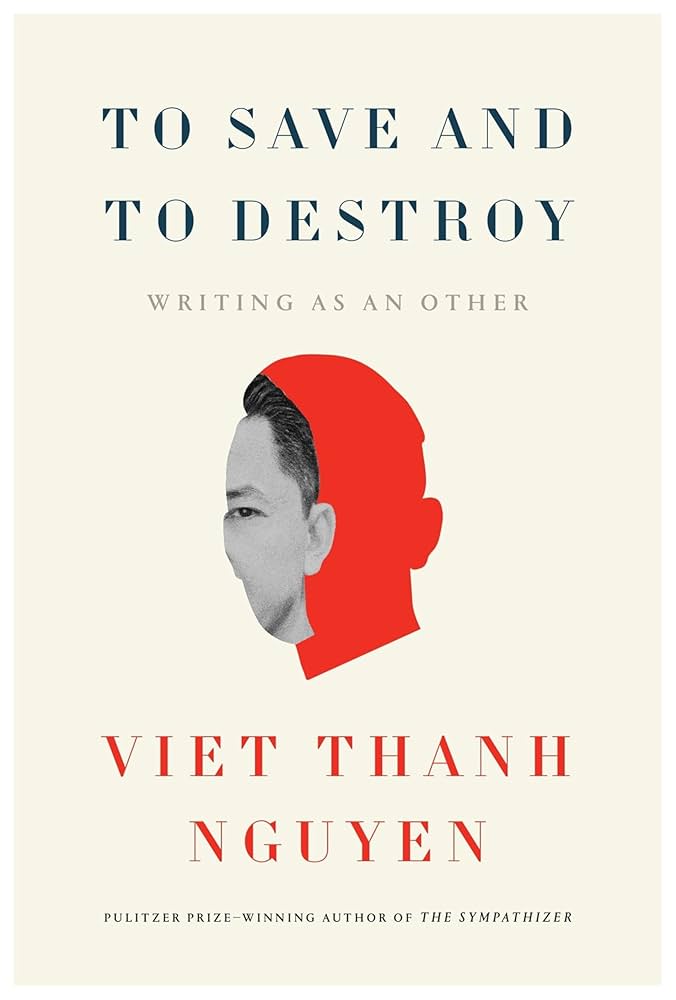
- Free Article: No
- Contents Category: Essay Collection
- Review Article: Yes
- Article Title: Other Orientalisms
- Article Subtitle: Refusing to be spectacle
- Online Only: No
- Custom Highlight Text:
Edward Said, who passed away in 2003, is often hailed as one of the last public intellectuals, a literary scholar whose advocacy for Palestine took him beyond the narrow confines of academia and into the media spotlight. With the humanities in perpetual crisis and a culture of anti-intellectualism taking hold, it has been suggested that it is no longer possible for an academic to attain the same level of recognition and cultural influence that Said did. While this may explain the waning influence of critical theory, Viet Thanh Nguyen has demonstrated that intellectuals still have an important role to play in the public sphere. Like Said, Nguyen is a well-respected and prominent literary scholar. Nguyen’s cultural status, however, has arisen through his creative work; his début novel, The Sympathiser (2015), won the Pulitzer Prize and was adapted for a high-profile HBO limited series that screened in 2024. Nguyen has been the recipient of a prestigious MacArthur Foundation grant, starred in photo shoots with the actress Sandra Oh, and been profiled in the pages of Vanity Fair. Suave, eloquent, and willing to embrace Hollywood, Nguyen is a media savvy intellectual ready-made for today’s fast paced digital climate. In recent years, he has become an important voice of the Vietnamese diaspora.
- Book 1 Title: To Save and To Destroy
- Book 1 Subtitle: Writing as an Other
- Book 1 Biblio: Belknap Press, US$26.95 hb, 144 pp
- Book 1 Cover Small (400 x 600):

- Book 1 Cover (800 x 1200):

To Save and to Destroy is a pithy collection of six essays, originally delivered as part of the distinguished Norton Lectures at Harvard University. This volume delves into the themes that run throughout Nguyen’s academic and creative work: meditations on the status of the non-white refugee and migrant in the West, the imbrication of American politics with world events, his simultaneous identification as an American citizen and as a Vietnamese American with the knowledge that the very cause of his displacement is the country that he calls home. In the opening chapter, Nguyen talks about a sudden realisation that occurred when he first watched Apocalypse Now (1979) as a tweenager, ‘experiencing the shock of misrecognition so commonplace to those who discover how we perceive ourselves is not how others see us’. The younger Nguyen’s insight came with an understanding that the Vietnamese body was regarded in the American imaginary as the enemy: that he should not imagine himself as the hero but rather as one of many expendable extras in world events. As an adult, Nguyen’s writing is marked by a refusal to be relegated to the spectacle of mangled bodies that merely serve to symbolically reinforce the trauma of war for American soldiers.
Nguyen’s work is pertinent in an age when we have lost the clear battle lines of the Cold War. It presents a more complex view of a world where democracies have expanded in the wake of globalisation and where the unifying basis of national identity has been challenged by unprecedented waves of migration. Indeed, Nguyen himself participated in one of the largest migrations of the twentieth century: as a four-year old he joined the multitude of refugees created by the Vietnam War. His family fled successfully to the United States and Nguyen reminds us of the contingent status he has been awarded as an American citizen, where he is expected to show gratitude even though it was American imperialism that forced his family’s departure in the first place. The challenges and contradictions of existing between two states (both political and emotional) is an ongoing concern in his writing.
Asserting his status as an American, Nguyen rejects the servile posture of the grateful migrant. From these lectures it is clear that he understood at an early age that storytelling would be a form of salvation. He shares Said’s sense of being ‘an insider, yet out of place, uneasily dwelling in the border zone of the other in the humanities and the arts, a liminal space often overlooked but occasionally illuminated by those celebrating or condemning us’. This homage is particularly apt, for in his 1997 essay ‘On Lost Causes’ Said paid tribute to the Vietnamese and the example they set for the Palestinians, writing: ‘we modelled ourselves on the Vietnamese people, whose resistance to the US intervention seemed exactly what we should undertake’.
One of the most powerful essays in this volume traces a deeper history of Western imperialism shared by Palestinians, Vietnamese, and, more broadly, all members of what we might term the Greater Orient: Asia and the Middle East. In ‘On Palestine and Asia’, Nguyen emphasises a mutual solidarity, writing that ‘Israel’s war on Gaza should compel a response especially from Asian Americans, who have been called Oriental, and from any who have been classified or see themselves as other in some way, including writers, especially those who have sought to write through otherness’. The sense of recognition sparked by Palestine’s struggle to maintain sovereignty in the face of a stronger, wealthier, and more belligerent colonising force has been similarly commented on by Australian Vietnamese authors such as Nam Le and André Dao. Australia warrants a rather ignoble mention in a later chapter as Nguyen reflects on the status of the refugee. Behrouz Boochani and Australia’s policy of offshore detention serve as an important example of the brutalising force of the nation state and the surreal existence that refugees pass into once they attempt to cross national borders.
Rather than seeing himself as trapped by a moat of alienation built around his status as a refugee, Nguyen chooses to embrace his otherness and imbues it with a celebratory dimension. He writes that ‘there is the joy of otherness, an awareness that even seeing oneself face to face means that the very notion of otherness is present’. Yet, at the same time, there is an inevitable flattening of experience into the category of otherness and a seeming resignation to the inescapable fact of Nguyen’s hyphenated American identity. The postcolonial theorist Robert J.C. Young has called for an end to the default use of the term ‘other’, observing that: ‘The idea that there is a category of people, implicitly third-world, visibly different to the casual eye, essentially different, and “other,” is itself a product of racial theory, its presuppositions drawn from the discriminatory foundations of modernity.’ To Save and to Destroy does not simply reflect on the role that alterity plays in the formation of marginalised identities. It asks us to consider what it means for such a significant part of the population to be continuously singled out and labelled as ‘other’. By forcing us to acknowledge global currents and solidarities, the unresolvable paradoxes of entangled national identities, Nguyen makes us question how well we really know our selves.


Comments powered by CComment